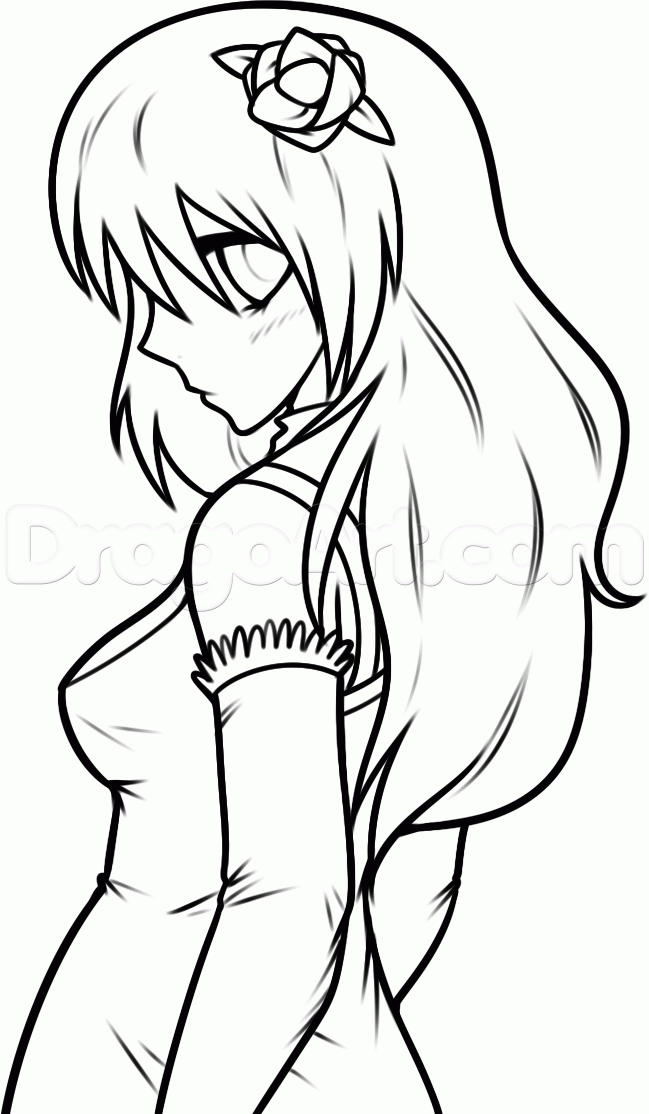
(But this is not an excuse to ignore the anatomy fundamentals!) This is to emphasize their unique characteristics or to enhance their drawing styles. This one is about 5 heads high.Īside from this, artists change their characters’ proportions to be different from these “ideal” ones. Take into account that, at early ages, the body has not developed completely, so their measurements are a little undefined. In the example I have also included the figure of a child. Although the female figure is shorter, let’s divide her body into 7 heads (which fits within the standard) and the male figure is only a third of a head taller To prove this, let us look at the following example: two adults, a man and a woman. If you compare people of different heights you will notice that individually they maintain proportions according to their own body. However, each person has different proportions according to their physical body characteristics. On the outer side (*) the muscles do not generate too much change in the contour, but on the inner side a small lump is created (I have also pointed this out in figure A).Īccording to some academic standards, 7 or 8 heads is the ideal height of a human adult. Its bones are at different heights, with the fibula on the outer side (*) being lower.įigure D is a back view of the knee. B) that create the contour of the leg (side view).Īnother interesting detail about the leg:īetween the hip bone and the femur, a space can be seen as an indentation in the skin, mainly in men with less muscle mass in that area. Notice the slight inclination in the femur from the hip to the knee, and the curves (fig.

To achieve a balance in your drawings, be sure to have rhythm. The legs should support the body and give it the balance it needs, but there is a detail that sometimes escapes us: the legs are not a completely vertical line. You can use it as a reference point to locate the orientation of the arm in your drawings. Some artists draw part of the forearm as a box to define its volume (3).Ĭan you see a tiny lump just behind your wrist? (4) It is part of the ulna. These bones cross to allow the rotation of the wrist. In the forearm you will find the radius (1) and the ulna (2). The humerus is in the upper part of the arm (A), a long and strong bone that connects to the elbow and articulates the forearm (B). Limbs can move in many ways, but knowing their anatomy and limitations will save us from drawing unrealistic positions (or bone-breaking poses, ouch!). Note that female hips are generally wider than male hips - one of the main body shape differences. On the back, these two dimples at the end of the spine, before reaching the buttocks, will help us identify the sacrum (2). The ilium (1) will guide you to draw the angles of the hip. On both sides you can see the ilium (2) and the pubis (3) in the front.Īs these are somewhat irregular bones, I like to simplify them by drawing a pair of discs for the ilium and the sacrum as an inverted triangle. The pelvis is located at the end of the torso, connected to the lumbar spine from the sacrum (1). The shape of the back changes following the movements of these bones. They are triangle shaped and help move the arms. In the back, you will find the scapulae or shoulder blades. Every time the arms move, they will change direction. You can think of them as shoulder support. The clavicles (3) are like a bicycle handlebar. The sternum (2) closes this structure in the front, creating, with the spine, an imaginary line that divides the body into two. You can draw it in many ways, but I like to give it an oblong shape resembling ribs (1). The dorsal spine is the part that connects to the arms. In the center of these muscles is the Adam’s apple, which is more prominent in men (4). The most visible one has an extremely long name (sternocleidomastoid!), but you can easily recognize it by its V shape, parting from the ear to the center of the clavicles (3). There are a variety of muscles that operate the movement of the head. In the neck, the cervical spine (1) is located just behind the jaw (2). Lumbar spine - a little before the pelvis, connected to the sacrum.Dorsal or thoracic spine - supports the ribs.Cervical spine - supports and provides mobility to the head.Let’s divide it up into three parts to see it better: Its form makes the pelvis and the rib cage tilt slightly.

Its vertical shape differentiates humans from other species. The spine is the body’s support and also allows motion in the torso. Let’s start with the building blocks of the human figure: Anatomy is a challenging subject, but I hope that this article can be a quick guide for you and get you in the mood to keep learning. The key to improving your drawings is to do your best and put your heart into your art.


 0 kommentar(er)
0 kommentar(er)
